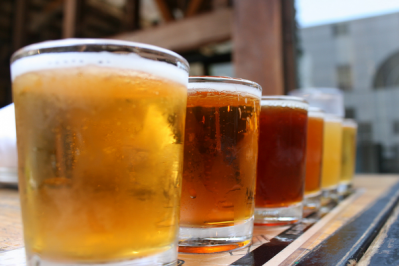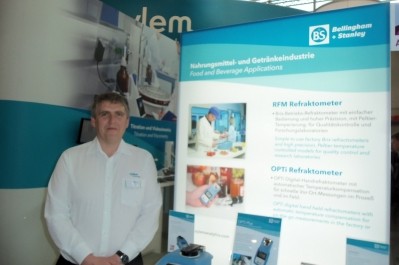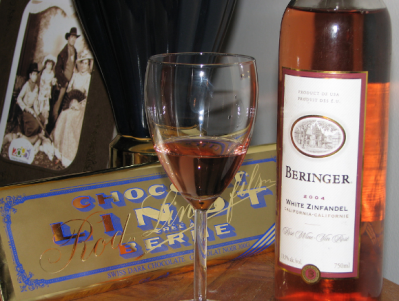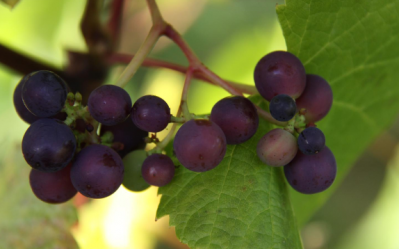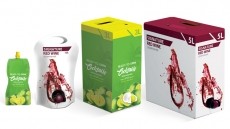Fraunhofer optical sorter promises ‘exactly the wine you want’
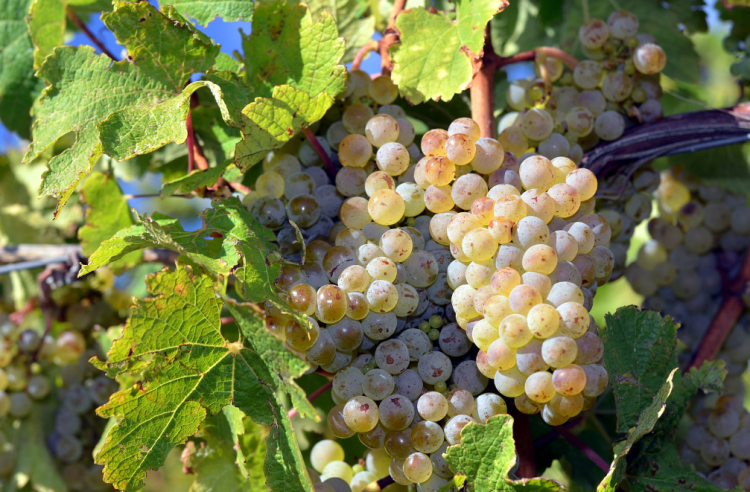
Dr Kai-Uwe Vieth, a scientist at the Fraunhofer Institute for Optronics, System Technologies and Image Exploitation (IOSB), said: “The sorting system helps to improve quality and separate the harvest into various quality levels. This will allow winemakers to expand their premium output.”
(The Fraunhofer team is working with scientists from Armbruster Kelterei-Technologie, Ingenieurburo Waidelich and Geisenheim University on the government funded ‘GrapeSort’ project.)
Bad grapes blown away
The system uses a conveyer belt that carries de-stemmed grapes past a sorting module at 3m/second while a high-speed line camera takes 18,000 photos per second as the fruit passes.
Analytical software analyses this data and controls compressed air jets that blow foreign objects – vine shoots, insects, stones, twigs – out of the material flow, while bad or undesirable (mold, leaves, improperly ripe) grapes are also removed using an air injection unit.
“Our sorting module is designed to exceed the capabilities of current machines. Not only does it remove foreign objects, it also sorts the berries into various quality grades,” Vieth says.
“This lets you create exactly the wine you want,” he adds.
Measuring grape ripeness
Ripeness is determined by the color of the grapes, according to the IOSB team, and in future the scientists hope to be able to determine it more accurately by investigating sugar levels in fruit.
“Winemakers measure sugar content using an optical device called a refractometer that allows them to determine the degree to which sugar molecules in grape must influence the refractive angle of incoming light,” Vieth says.
“The higher the sugar content, the more light is refracted,” he explains, while the sensor detects both visible and invisible light.
Trollinger, Riesling, Wießburgunder and Lemberger varieties have all been successfully sorted in preliminary tests, and the IOSB said its project partners were satisfied with the results to date.
A prototype will be the basis for a production-ready facility scheduled to be tested in October 2013, while Geisenheim University viticulture expects will taste the resulting wine in June of next year.
